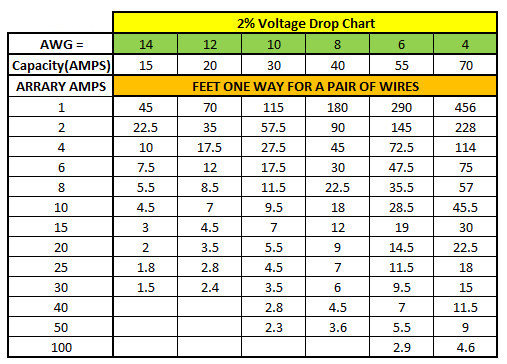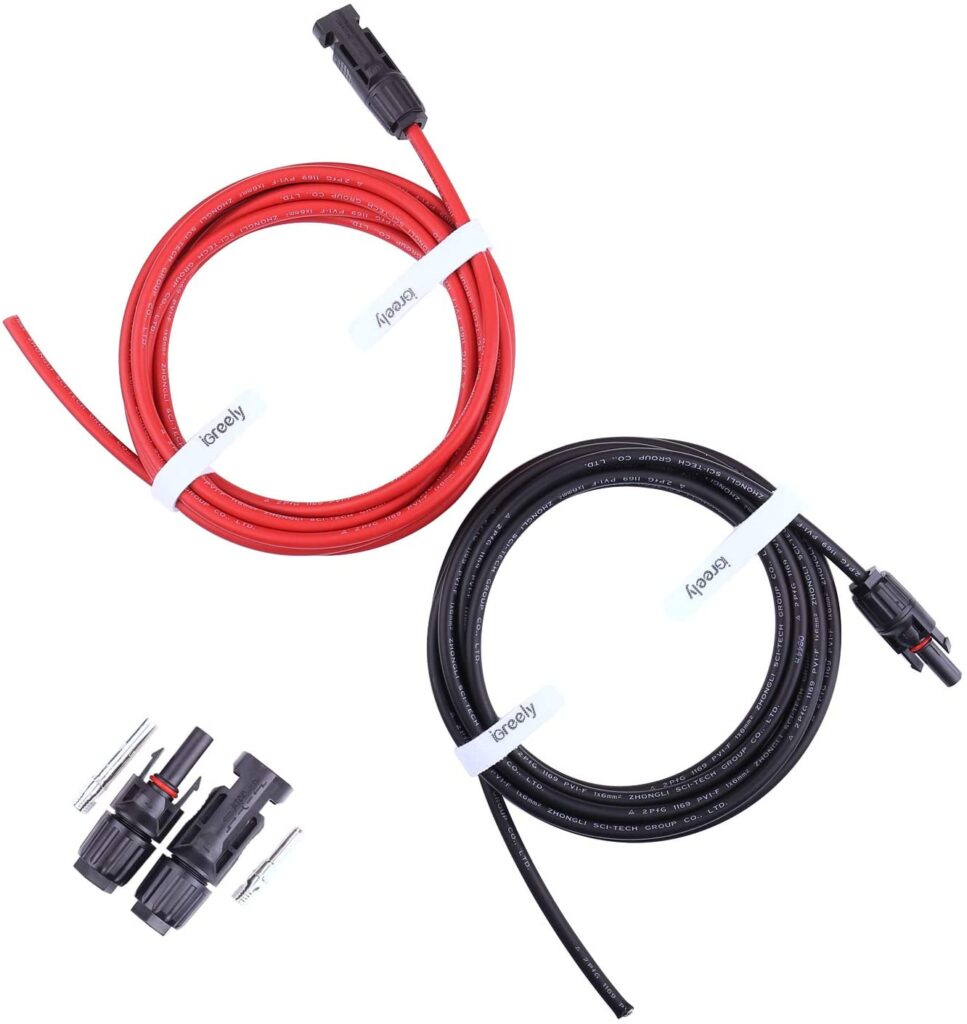Uncategorized
Answer 5 Questions to Help Select the Right Electrical Wire
Wire selection is a critical piece of electrical assembly design as it affects the safety, functionality, ease of use, and serviceability of the assembly. Because there are thousands of types of wire and electrical cable, choosing the right wire or wires can be complicated and daunting.
To clarify, I’m defining “wire” as a single, flexible conductor of electricity surrounded by insulation. Typically, the conductor material is copper; however, it can vary based on the application. Speaking of which, before you start designing anything, you’ll need to fully understand how the electrical assembly will be used. What will its job be and what type of environment will it be working in?
Once you’ve defined its end use, you can get to work answering the following five questions that will help you select the best electrical wire for your application.
1. What size wire do I need?
There are two pieces to the wire size question: thickness (gauge) and length. To determine what gauge wire you need, consider the carrying capacity and the amount of current the wire needs to conduct (measured in amperage or amps). Wire gauge is directly related to how many amps you need to run through it.
The distance you need the wire to go can also impact the gauge of wire you need. Because no conductor is perfect, the longer the wire, the more voltage you can lose through resistance/heat. You can counteract voltage drop by increasing the wire gauge which will, therefore, increase the amperage capacity. This allows you to pump more amps through to ensure the right amount of electricity is received, even if you lose a little along the way.

Example: Let’s take a 450-watt 12V system. At the Vmp of 18V, the maximum current is 450/18 = 25 amps.
Looking at the wire capacity row, 10 AWG is the smallest gauge wire that can safety be used. It is rated at 30 amps, higher than the required 25 amps.
Next, we look at the Array amps column, select row “25” and you can see that a 10 AWG wire pair only supports a cable length of 4.5 feet! Going up to 4 AWG supports up to 18 feet to stay within the 2% loss criteria. This is not a lot of feet!
What this example illustrates is that we need to greatly appreciate the issue of cable length and its effect on losses. Many people have long cable runs and don’t realize the impact this has on performance. Sometimes we have to tolerate perhaps a 4% loss rather than 2%, allowing us to double the length values shown in the table. Another option is to operate at a higher voltage, such as 24V. This reduces the amps which reduces the wire losses.
The point is to design your system using a safe wire size but also to be conscious of the trade-off between system voltage, wire length, line losses, and costs. This is why planning should be done in detail before you rush out to buy things like cables.
2. How flexible should the wire be?
Different types of wire offer different levels of wire flexibility:
Solid core – almost no flexibility in lower gauge wire; becomes more flexible in higher gauges
Coarsely-stranded wire – moderately flexible; it will keep the shape you give it
Finely-stranded wire – highly flexible; won’t hold shape
3. What type of wire insulation is best?
The assembly’s working environment will dictate the type of insulation your wires need.
Voltage – the higher the voltage level, the thicker the insulation needs to be to reduce the risk of shock
Environmental considerations – exposure to the sun and UV, extreme temperatures, presence of chemicals or oils can impact performance
Regulatory considerations – UL, SA, SAE, CE, etc.
Abrasion resistance – higher vibration environments require thicker insulation
Coating – some coatings can make it easier to print on the wire or push/pull them through conduit.
4. Does wire color matter?
Using different colored wires within your electrical assembly can help you, the end user, and anyone who may need to service the assembly in the future, understand what the purpose of each wire is. Many companies use standardized wire colors to denote hot wires, ground wires, and neutral wires; some will even color code the different circuits within an electrical assembly.
5. Should I use copper vs. aluminum wire?
While copper is the most conductive metal, it can be heavy and expensive. So, for high voltage, long distance electrical applications, aluminum wire can be used. It’s an acceptable conductor that typically requires a thicker gauge, but it’s much lighter and less expensive than copper wire. For example, power lines use aluminum wire instead of copper.

